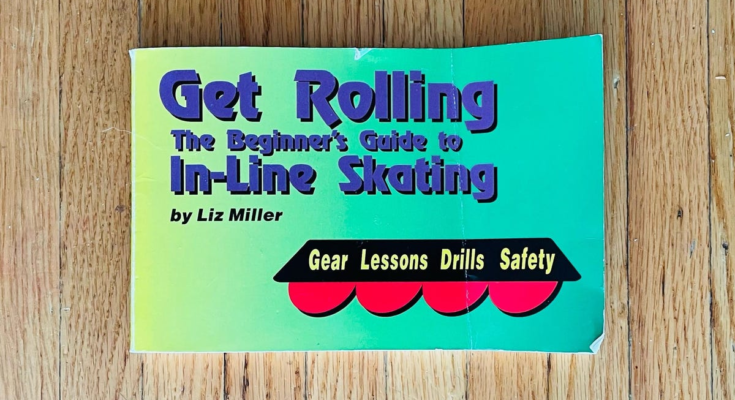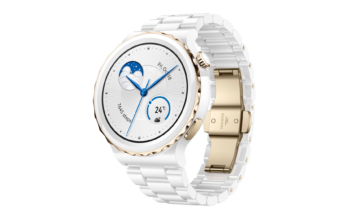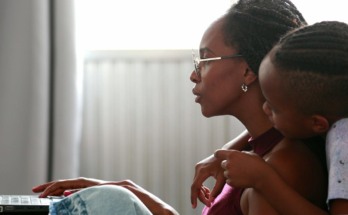
My brain refuses to accept the fact that the 1990s ended 21 years ago—it definitely seems like it should only be 10, right?—and I’m having similar trouble coming to terms with the fact that I recently entered my fifth decade of existence. In my head anyway, I’m still roughly the same in every way as I was in my early 20s, except more tired. Or I thought I was, until I strapped on a pair of inline skates for the first time since I upgraded from dialup to broadband internet (which was around 2003, and no, these events were not related, probably) for this month’s Lifehacker Fitness Challenge.
I didn’t go into this with much of a plan, other than I thought it would be fun to buy new gear (for more on how to go about that, check out last week’s post). I was a frequent skater for more than a decade, but I mostly used my blades to get around when I didn’t have a car or bike (except for when I would mope-skate in circles in the driveway at age 14, thinking about the crush who didn’t return my affections; I was very deep). I never went into it with any kind of rigor; outside of learning to skate backward, just being able to not fall was skill enough. But just seeing if I remember how to balance 18 years, three presidential administrations, two kids, and one pandemic later isn’t much of a “challenge.”
Happily, my co-worker Beth Skwarecki, Lifehacker’s senior health editor, picked up this book for $.50 at a library book sale and mailed it to me:

If you couldn’t tell from the TMNT-ular array of colors on the cover, Liz Miller published Get Rolling: The Beginner’s Guide to In-Line Skating back in 1992. In her introduction, she explains she got into the sport while working in tech in Silicon Valley in the summer of 1991. She was born in 1951, which means she was 40 years old (which, you’ll note, also happens to be my age) when she penned what she positions as an attempt to fulfill her “mission as a regular person in the world to spread the word to other regular folks about how easy, fun, rewarding, and beneficial” inline skating can be. (This also means Liz is now 70, but I’m trying not to think about that.)
The book is written as a guide to get total newbies into skating. Master the six lessons explored within, she writes, and you’ll be able to skate with confidence—or at least without falling on your ass all the time. I don’t consider myself a newbie (I’m a veteran coming out of retirement!), but paging through the lessons, I noted I also never truly considered the fundamentals. So I decided to use the book as a guide to teach myself how to really skate 30 years after I thought I’d already learned.
Lesson one: Learn how to fall (and not to fall)
Unsurprisingly, it turns out more than 10 years of skating means I qualify as “not a beginner.” This section covers how to find your balance (i.e. can you stand on skates without rolling away or falling down), finding your footing (keep your knees bent, balance your weight on the insides of your feet), and figuring out how to move, turn, stop, and fall without injuring yourself. All good there: It turns out skating is a lot like riding a bike; once you know how to balance and shift your position to start moving, you apparently don’t forget.
G/O Media may get a commission
Lesson two: Linked turns, gliding, crossover turns, and stopping
We’re still in easy territory—mostly. This section covers more skating basics, like how to turn or weave between obstacles without lifting your feet (most of inline skating is about redistributing your weight to create momentum) and how to bend your knees and shift position to use your heel brake. But Miller also covers crossover turns, which is when you turn by putting one foot in front of the other, stepping across your body. It turns out I was only really good at doing this in one direction; I could make my left foot pass over my right with ease (moving in a clockwise circle), but doing the same thing with my right foot felt awkward and unnatural (the big brake on the back of the right skate was not helping matters).
Liz Miller seems to think I should actually find moving counter-clockwise easier as a right-hand dominate person, but she’s right on the money when she notes you need to “practice more on your awkward side for every skill, so you can keep both sides of your body equally trained.” It turns out I was never an ambidextrous skater, and that didn’t change naturally over years of inactivity.
So I’ve been working on that a lot these past weeks, skating in circles at a nearby playground, practicing making my clunky right foot do what I want it to do. It has been a learning process for sure; I’ve had to force myself to do something that feels unnatural and that puts me off-balance. I haven’t fallen—yet—but I’ve come close, and had to do that deeply cool “windmilling your arms” thing to stop it from happening more than once. (Also it turns out when you are old you can hurt yourself doing that, even if you don’t fall.) I plan to keep running drills until I get the hang of it, as part of lesson two is figure-8s, and I won’t be able to do those with ease until I’ve mastered crossover turns. (The other stuff in this lesson—skating while crouched down, picking up objects as you skate past—I can already manage. Phew.)

Lesson three: Swerving, skating backward
Reflecting the inconsistency of the self-taught skater, I was pleased to find that most of lesson three came easily to me. Here, Miller covers the swerve, which allows you to change direction quickly by skating in a small circle. I do this all the time—which is lucky, because I never would have been able to figure out how the fuck to do it based on the illustrations and written instructions she supplies (extrapolating movement into text, and vice versa, turns out to be really tricky).
Skating backward is really just an extension of the swerve—you use the same basic motion to orient yourself in the right direction, and then you…skate backward. Miller uses a lot of words to explain how to do this, but again, if I couldn’t do it already, I don’t know that they would be much help. On skates, you pick things up through trial and error.
The fact that “error” means falling a lot is a good reason to get into the sport when you are young and supple, but I’m determined in my efforts to master step two, which will hopefully give me the confidence I need to actually try something new in steps four through six—but they will have to wait until next week.



